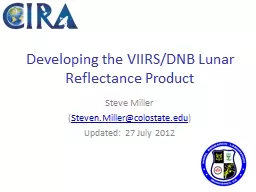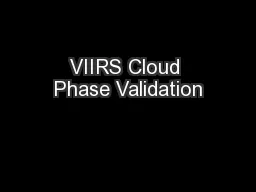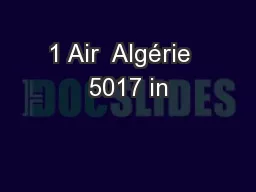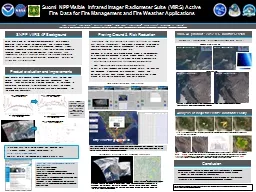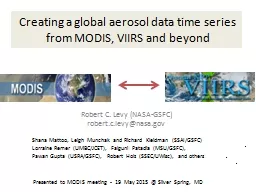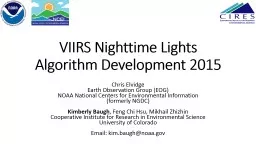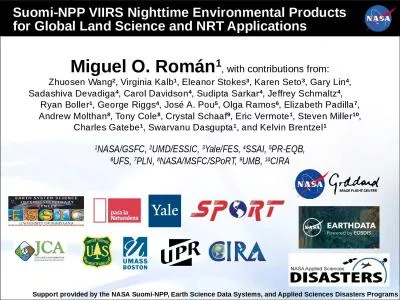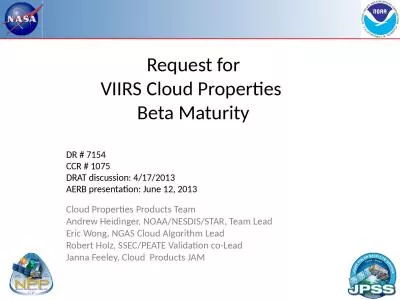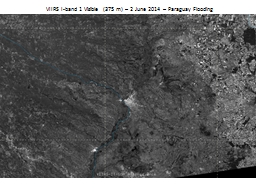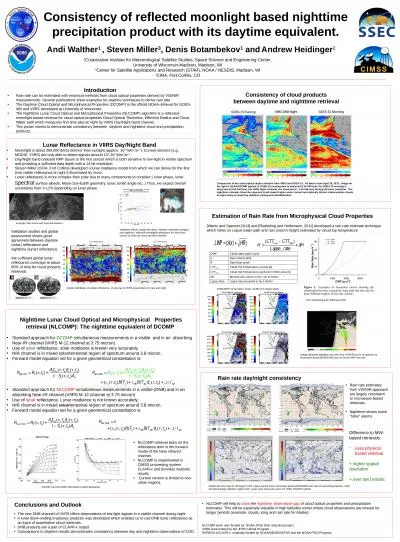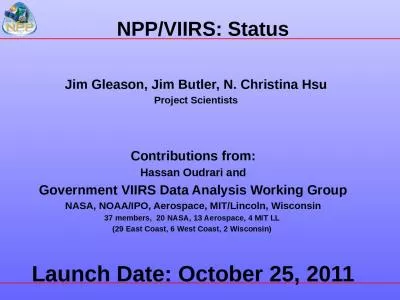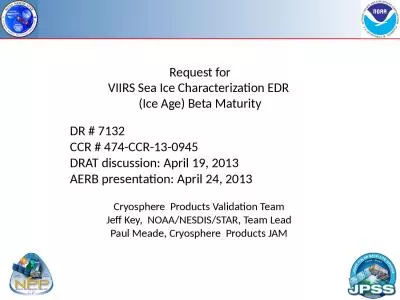PPT-Developing the VIIRS/DNB Lunar Reflectance Product
Author : myesha-ticknor | Published Date : 2016-05-26
Steve Miller StevenMillercolostateedu Updated 27 July 2012 Lunar Spectral Irradiance Model Miller and Turner 2009 IEEE Trans Geosci Rem Sens 477 23162329 A
Presentation Embed Code
Download Presentation
Download Presentation The PPT/PDF document "Developing the VIIRS/DNB Lunar Reflectan..." is the property of its rightful owner. Permission is granted to download and print the materials on this website for personal, non-commercial use only, and to display it on your personal computer provided you do not modify the materials and that you retain all copyright notices contained in the materials. By downloading content from our website, you accept the terms of this agreement.
Developing the VIIRS/DNB Lunar Reflectance Product: Transcript
Download Rules Of Document
"Developing the VIIRS/DNB Lunar Reflectance Product"The content belongs to its owner. You may download and print it for personal use, without modification, and keep all copyright notices. By downloading, you agree to these terms.
Related Documents

